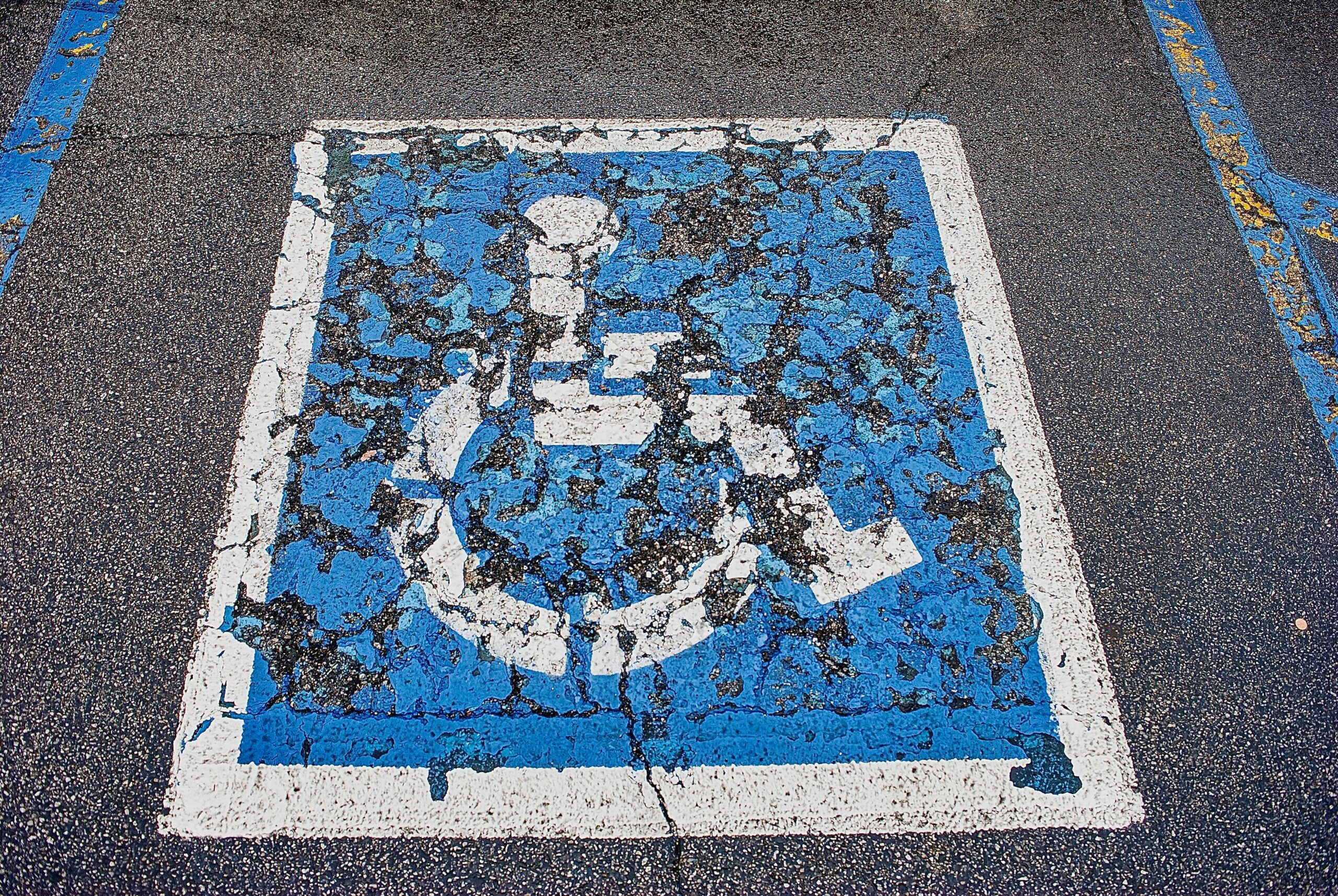People with a disability often experience accessible islands within an inaccessible sea when using the transport network. The “sea” is generally not covered by mandatory technical compliance requirements.
An example of this is the accessible design of a bus stop with ramps and priority seating that meets all requirements. But what if this bus stop is located next to a high-speed road with no pedestrian crossing nearby? This can make it nearly impossible for individuals with disabilities, the elderly, and other vulnerable road users to travel safely to and from the bus stop. A commuter in a wheelchair would be forced to travel much further to find a safe crossing point. A commuter with vision impairment may not have tactile cues or auditory signals for crossing the high-speed road safely.
Another common design feature that creates an unsafe environment for individuals using a wheelchair or individuals who have vision impairment is a bullnose kerb. The bullnose kerb may meet all regulatory standards. However, it will still be a tripping hazard for individuals with vision impairment and can destabilise mobility devices.
Another example is a roundabout designed with accessible features such as tactile paving and lowered kerbs that meet all requirements. While this roundabout is designed with accessible features, it does not require drivers to give-way to pedestrians. This leaves vulnerable road users to navigate the crossing at the roundabout without guaranteed priority which compromises their safety.
Designing transport networks to be accessible throughout all parts of the network requires more than just ticking boxes. It requires us to consider the safety of vulnerable road users throughout their entire journey. We must take a proactive approach when identifying potential safety risks that impact vulnerable road users. We must strive to create a transport network that caters for everyone’s needs by providing a more seamless accessible journey.


